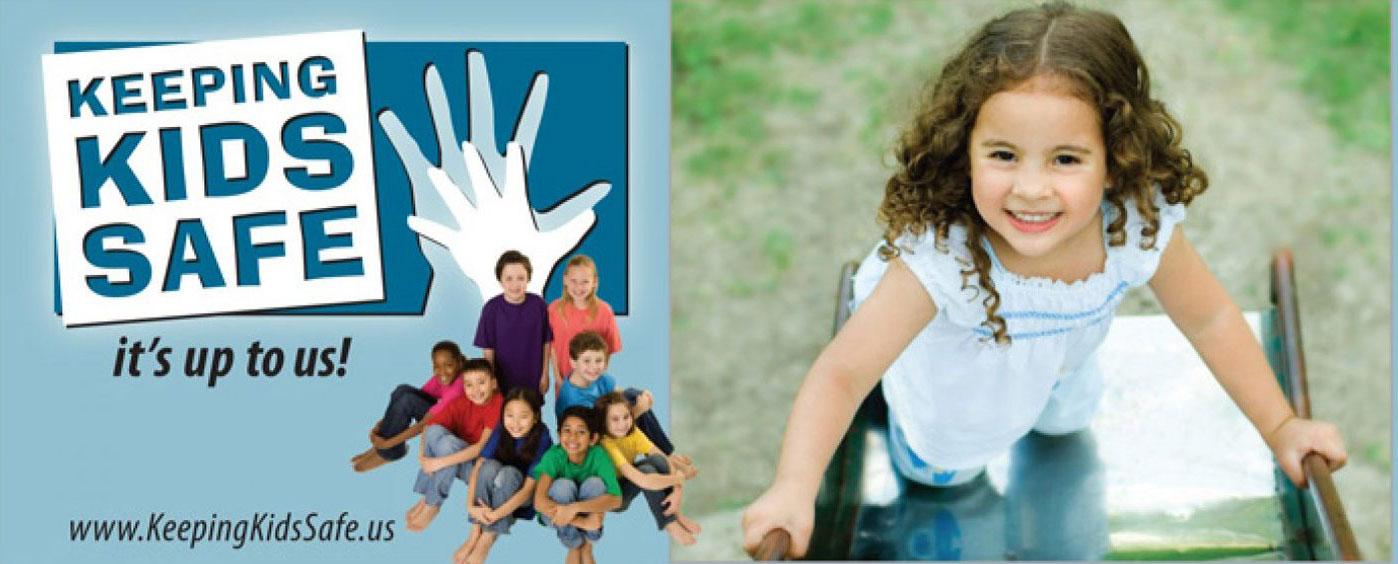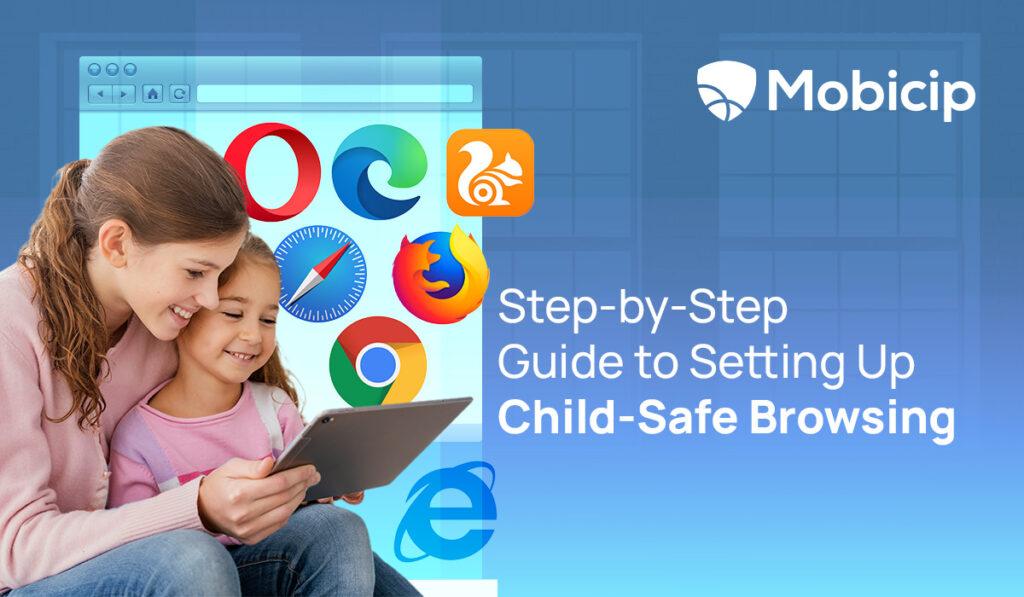In the rapidly evolving landscape of digital entertainment, streaming platforms have become a primary source of content for children worldwide. As these platforms strive to cater to young audiences, the concept of “kid-safe” content emerges as a critical focal point. However, the question arises: Is this content truly age-appropriate across different streaming services? This article delves into the complexities surrounding age-appropriate content, examining the criteria used by platforms to label content as kid-safe, the variations in parental controls, and the potential implications for young viewers. By analyzing these factors, we aim to uncover whether current practices align with the developmental needs and sensitivities of children in a diverse digital age.
Evaluating Content Standards and Age Ratings
In the realm of streaming platforms, the evaluation of content standards and age ratings presents a complex landscape. While each platform boasts its own system, inconsistencies often arise, leaving parents questioning what is truly age-appropriate. Common issues include:
- Varying Definitions: What one platform deems suitable for a certain age might be flagged as inappropriate by another.
- Lack of Transparency: The criteria for age ratings are not always clear, leading to confusion about what each rating entails.
- Cultural Differences: Global platforms may struggle to accommodate diverse cultural norms and expectations.
To address these challenges, a more unified approach to content evaluation could be beneficial. Establishing universal guidelines that consider psychological and developmental factors might provide a more reliable framework for age ratings. However, achieving such consensus is no small feat, as it requires collaboration across industries and cultures.

Analyzing Parental Control Features and Effectiveness
Streaming platforms often boast a variety of parental control features, but their effectiveness in ensuring truly age-appropriate content can vary significantly. These controls typically include options such as content filters, PIN protection, and the ability to create child profiles. However, the actual application of these features raises questions about their consistency and reliability. For instance, while one platform might categorize a certain show as suitable for all ages, another might restrict it to older children. This discrepancy highlights the subjective nature of content rating systems and the challenge of establishing a universal standard.
Key aspects to consider when evaluating these controls include:
– Ease of Use: Are the settings user-friendly and accessible for parents with varying tech skills?
– Customization: Can parents tailor content restrictions to suit their child’s specific needs?
– Monitoring: Do platforms offer monitoring features that provide insights into viewing habits?
– Consistency: Is there a uniform approach to content ratings across different shows and movies?
The effectiveness of these controls often hinges on how well they balance accessibility with security. While they offer a level of protection, the subjective nature of content ratings and the ever-evolving landscape of media mean parents must remain vigilant. By critically assessing these features, we can better understand their role in safeguarding children’s viewing experiences.
Exploring Psychological Impact on Different Age Groups
- Young Children: At this developmental stage, children are highly impressionable, absorbing information from their surroundings, including digital media. Content labeled as “kid-safe” often prioritizes basic moral lessons and simple narratives. However, the psychological impact can vary significantly. Bright colors and fast-paced animations may overstimulate, leading to shorter attention spans. Additionally, subtle messages around gender roles or conflict resolution can shape perceptions in ways not always aligned with parental expectations.
- Pre-teens: As children grow, their cognitive abilities expand, and so does their capacity for critical thinking. Streaming content aimed at this age group often includes more complex storylines and character development. While this can enhance empathy and problem-solving skills, it also introduces themes of peer pressure and identity exploration. The challenge lies in ensuring that such content fosters healthy emotional development without encouraging unrealistic expectations or anxiety.
- Teenagers: Adolescents are in a phase of seeking independence and forming their own identities. Streaming platforms offer content that resonates with their experiences, tackling issues like relationships, mental health, and social justice. While this can be empowering, there’s a risk of exposure to mature themes that may not be suitable for all teenagers. The psychological impact here hinges on how these themes are portrayed and the context in which teens interpret them.
Understanding these nuances is crucial for parents and educators aiming to guide media consumption effectively. The label of “kid-safe” may not fully encapsulate the diverse needs and vulnerabilities of each age group, making it essential to approach content selection with a discerning eye.

Recommendations for Enhancing Age-Appropriate Content
To ensure content is truly age-appropriate, streaming platforms can adopt several strategies. Parental controls should be more intuitive and customizable, allowing guardians to tailor the viewing experience based on individual maturity levels. Implementing detailed content descriptions can help parents understand the nuances of what their children are watching, beyond basic ratings.
Additionally, platforms could invest in collaborating with child development experts to curate content libraries that cater to specific age groups. Regular updates to these libraries, reflecting current cultural and social contexts, are essential. Encouraging user feedback and incorporating it into content curation processes can also enhance relevance and appropriateness, ensuring a more secure and engaging experience for young viewers.



